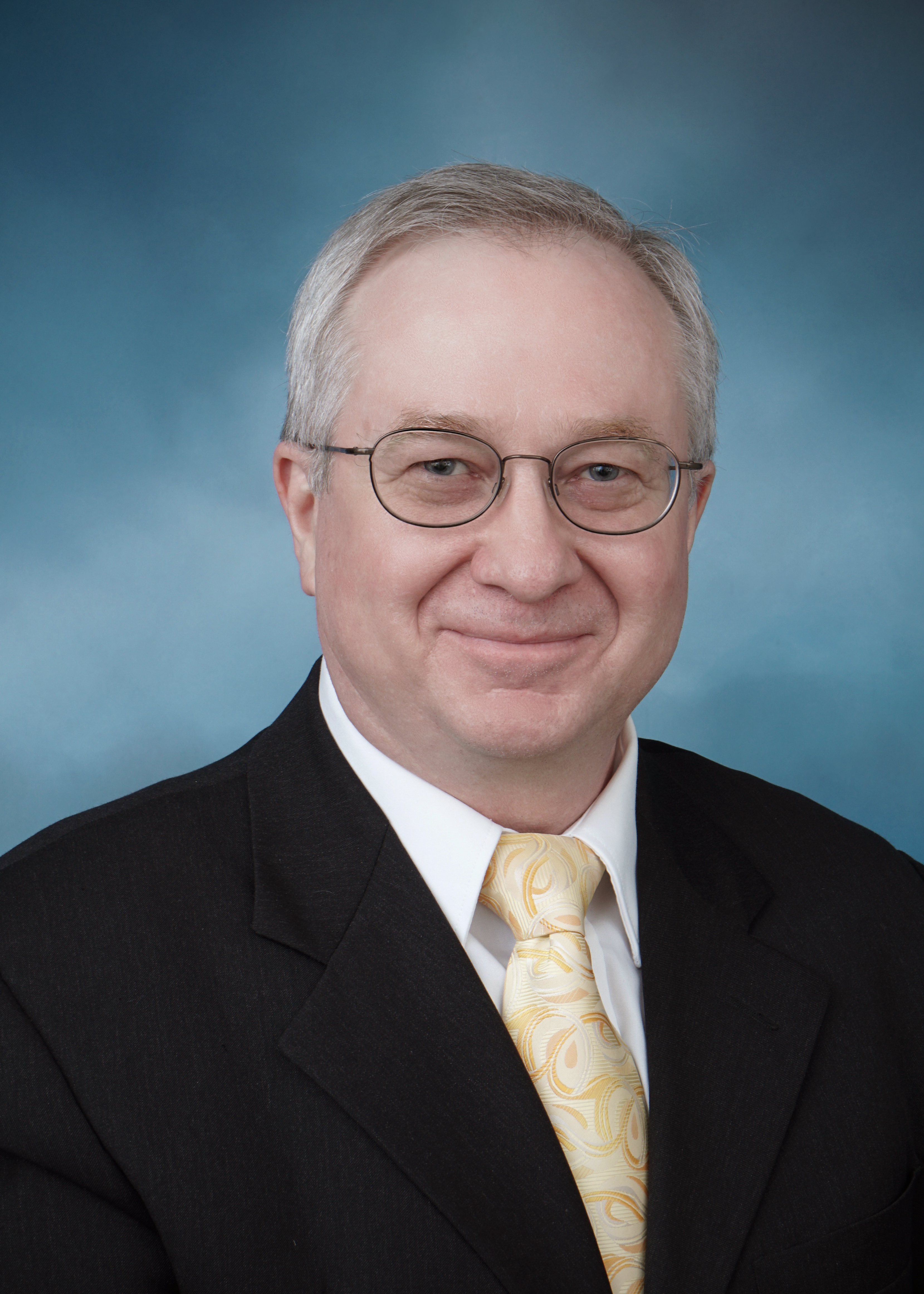Oral
Water, Wastewater & Stormwater
Applied Models for CFD Evaluation of Two-phase, Pre-aeration Flow with Mixers in a Wastewater Treatment Plant
Wednesday, May 21, 2025
8:45 AM - 9:00 AM Alaska Daylight Time (AKDT)
Room: Cook Hall

Yunji Choi
Jacobs Engineering Group, Oregon, United States

Daniel Morse, Ph.D. P.E.
Sr Technologist
Jacobs, Oregon, United States
Kevin Nielsen
Jacobs Engineering Group, United States
Author(s)
Co-Author(s)
Abstract Submission: A three-dimensional Computational Fluid Dynamics (CFD) model of an aeration tank located in a wastewater treatment plant in Washington state was developed to evaluate detailed flow characteristics and mixing between the plant effluent, mixed liquor recirculation (MLR), and return activated sludge (RAS). The CFD model allowed the evaluation of a detailed flow field coupled with the multicomponent liquid phase mixing. The simulation was carried out using CFX 2022 R2. A set of governing equations, the conservation of mass, momentum, and energy, simulated the flow field in the computational domain. The Shear Stress Transport (SST) model simulated the turbulence and the Volume of Fluids (VOF) model resolved the liquid surface elevation. Each of the three process liquid trains with varying properties entered the computational domain through separate inlets. A submerged mixer created a flow circulation within the basin and promoted well-distributed mixing. The mixture left the basin through a downstream weir and a small submerged opening directly beneath the weir wall. The simulation evaluated the composition of the multicomponent fluid exiting the basin at the downstream weir and the submerged outlet. The simulation estimated the total suspended solid (TSS) mass leaving the basin at each outlet. The simulation also evaluated the coefficient of variation among the three components within the basin. The CFD simulation aided the evaluation of an appropriate submerged mixer thrust and successfully simulated multicomponent fluid mixing within the aeration basin. Future design alternatives analysis can utilize the developed CFD model to evaluate the basin geometry change, such as a baffle design and placement, and coarse bubble aeration.
Learning Objectives/Expected Outcome (Optional) :
Learning Objectives/Expected Outcome (Optional) :

